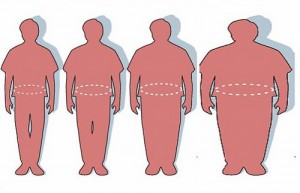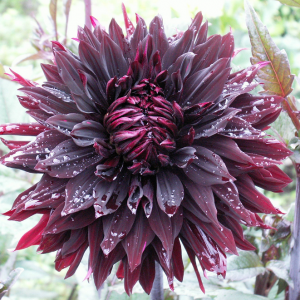Top 5 • The year in Biology • The year in Medicine • BMC in the news • BMC in the Blogosphere • BMC in the community
 All this week we’ll be bringing you a summary of what’s been happening in the BMC-series over the last 12 months. Today, we have a browse through the research that made it into the news:
All this week we’ll be bringing you a summary of what’s been happening in the BMC-series over the last 12 months. Today, we have a browse through the research that made it into the news:
BMC in the news
Although all of our research is freely available for anyone to read, sometimes we also like to summarise the main findings into a more reader-friendly format. With a huge “thank you” to our press team, here’s just a few of the articles published in the BMC-series that made it into the headlines in 2012:
Forensic science used to determine who’s who in pre-Columbian Peru : BMC Genetics unearths ancient DNA to identify the family relationships and burial traditions of ancient Peru. NBC also took a peek into the past.
 Purple sea urchin metamorphosis controlled by histamine : a study in BMC Developmental Biology shows that for the purple sea urchin, histamine is responsible for controlling metamorphosis from a free swimming larval form to the spiny adult living on the sea floor. LiveScience took a closer look.
Purple sea urchin metamorphosis controlled by histamine : a study in BMC Developmental Biology shows that for the purple sea urchin, histamine is responsible for controlling metamorphosis from a free swimming larval form to the spiny adult living on the sea floor. LiveScience took a closer look.
Parasitic plants ‘steal’ genes from their hosts: research in BMC Genomics reveals that the giant Malaysian parasitic plant Rafflesia cantleyi, has ‘stolen’ genes from its host via horizontal gene transfer. More on this over in Scientific American.
 The weight of nations: an estimation of adult human biomass : BMC Public Health estimates the total mass of the human population. Check out our blog BIGGER is not better for our planet for more coverage of this story.
The weight of nations: an estimation of adult human biomass : BMC Public Health estimates the total mass of the human population. Check out our blog BIGGER is not better for our planet for more coverage of this story.
Not so happy: king penguins stressed by human presence : BMC Ecology details research on just how king penguins cope with the stress of being studied by humans. More in Wired and our blog.
Plain packaging reduces the appeal of smoking : Author Christine White says of the study “Our results suggest that plain packaging and the removal of brand descriptors are likely to reduce the appeal of smoking for youth and young adults.” . The Daily Mail and Huffington Post also followed the findings.
 Le Rouge et le Noir: where the black dahlia gets its colour: BMC Plant Biology reveals the biochemistry behind the rare black coloration of dahlias. More on this in Science.
Le Rouge et le Noir: where the black dahlia gets its colour: BMC Plant Biology reveals the biochemistry behind the rare black coloration of dahlias. More on this in Science.
What happens to plant growth when you remove gravity? Scientists shoot plants into space in an attempt to unearth the mysteries of root growth. More on our blog, National Geographic, Discover magazine, and Science.
Do-It-Yourself viruses: how viruses self assemble : BMC Biophysics shows exactly how viruses build their protective shells. See our blog for some great animations.
Celiac ‘epidemics’ link to infections early in life: Results from a study of an epidemic in Sweden reveals that repeated infections early in life increases the risk for celiac disease. Science 2.0 and Medscape News delved a little deeper into the issue.
Next up: BMC in the Blogosphere
Comments